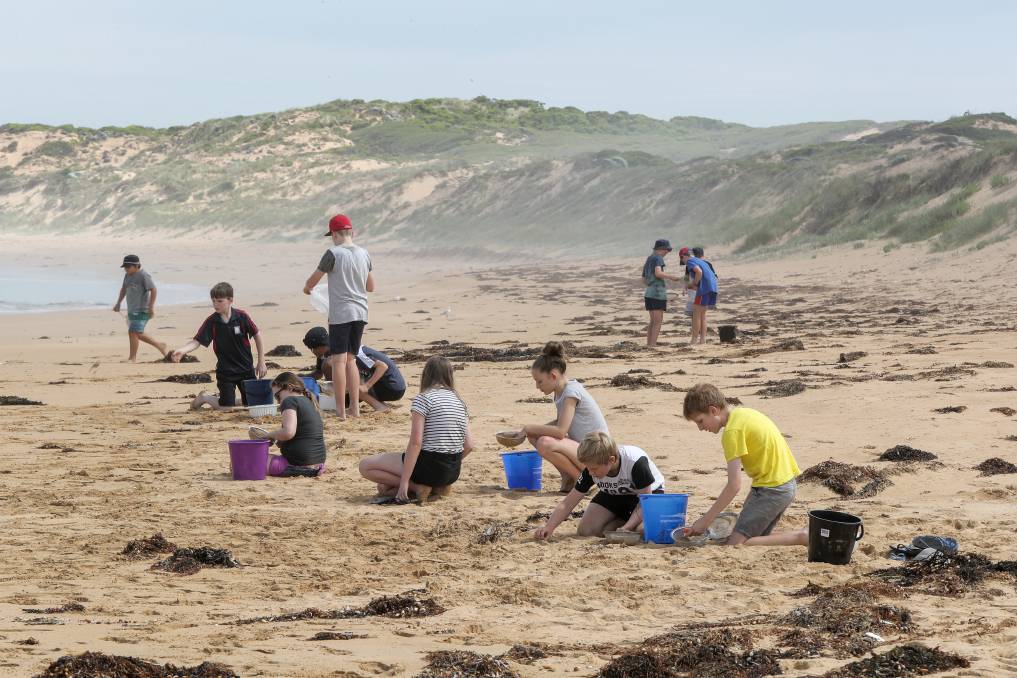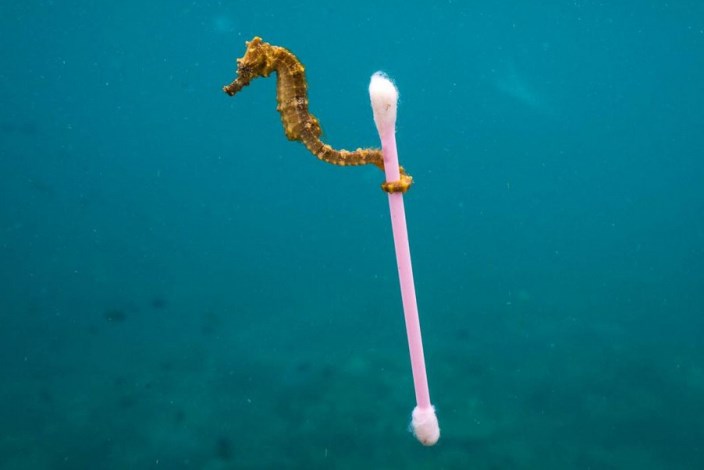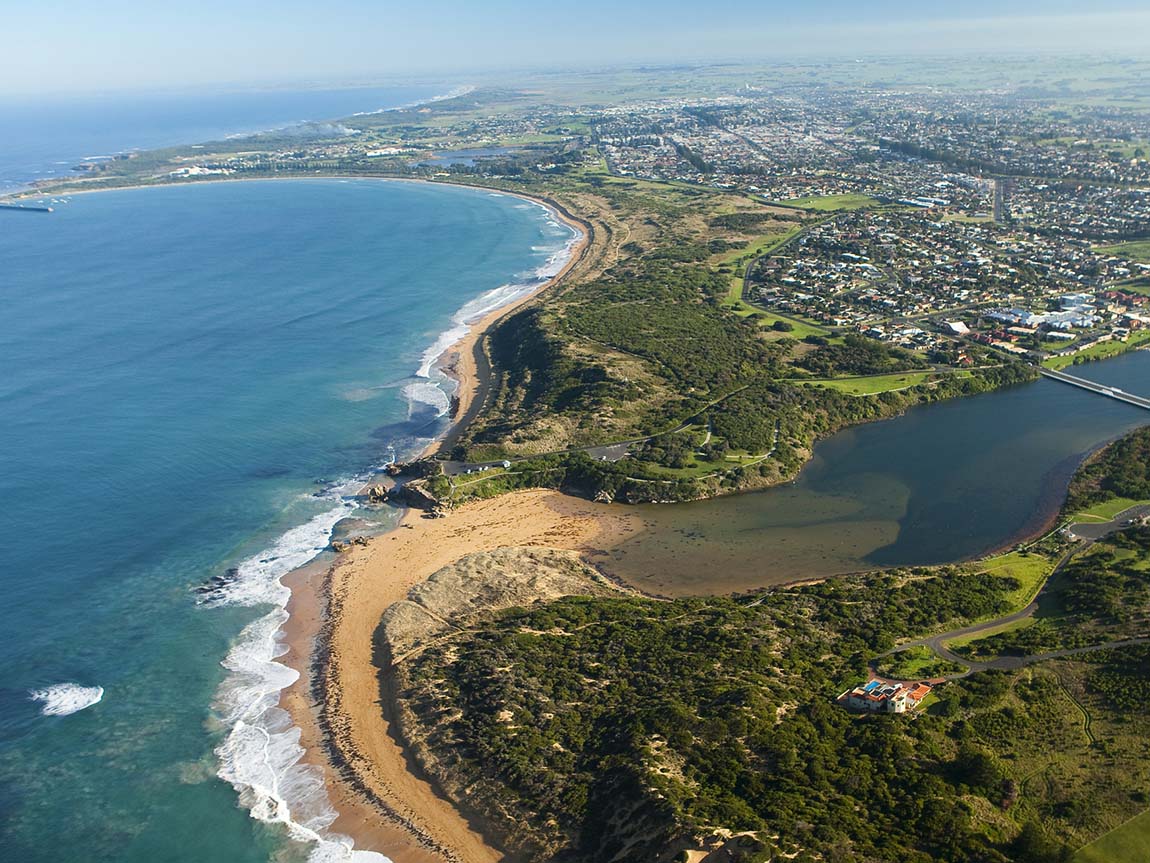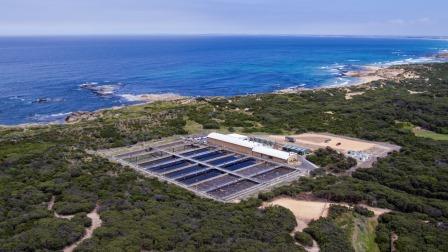Nurdles from Warrnambool Sewage Treatment Plant Reaches the Ocean

Warrnambool is a small city on the southwestern coast of Australia with a population of over 35,000 people. The beaches in this city are frequented by penguins, dolphins, and whales. Over the last few years, the community has been instrumental in cleaning up the beaches from microplastics, cotton buds and fatballs due to poor quality wastewater treatment by the local wastewater treatment plant.

It has almost been 3 years since thousands of microplastics (nurdles) and fatballs washed ashore on the beaches in Warrnambool. After the microplastic spill in 2017, community members have all pitched in to clean up the beaches. Over the past few years, community members have picked up more than 650,000 murdles (plastic resin pellets) and 20,000 cotton buds.

The plastic spill and fatberg on the local beaches sparked a strong reaction amongst the local community to improve the quality of water coming from the treatment plant. The community has launched a "Better Buds" campaign to push for a nationwide ban on plastic cotton buds. Luckily, Victoria has announced a crackdown on single-use plastics. All single-use plastic items including plastic cotton buds, plastic straws, containers, and cutlery will be banned and phased out by 2023 in Victoria.

Environmental Protection Authority, initially traced the spills to the Warrnambool Sewage treatment plant owned and operated by Wannon Water. The sewage treatment plant only treats the water to secondary standards. Water is allowed to be discharged into the ocean even though it consists of solid particles and despite the water not being treated to the superior tertiary standards. However, the investigation has been inconclusive and Wannon Water has denied pumping out fatballs and nurdles to the sea.
Not enough research has been done to understand the effect of nitrogen and phosphorus-rich water on marine life and people who use the beaches for surfing, swimming and other recreational activities, according to retired associate professor, Laurie Laurensen from Deakin University.

Warrnambool Sewage Treatment Plant
It was built in the late 1990s at Thunder Point. Microplastics and fatballs found on the beaches in 2017 prompted the Environmental Protection Authority to tighten the license. After the spill, Wannon Water set up temporary fine filters to prevent microplastics from being released into the sea.
Wannon Water has proposed a $40 million upgrade to the plant to meet the needs of the community until 2040.
Updated Proposal for Warnambool STP Upgrade
Wannon Water announced several changes to its $40 million upgrade project. These changes include improved inlet and outlet screening. The upgrade would also ensure the plant has sufficient capacity to treat sewage volumes and reduce the number of nutrients going to the ocean.
Wannon Water - Managing Director Andrew Jeffers said he understands the community's concerns over the quality of the wastewater being discharged. He also said that the upgrade is urgently needed and the automatic screens would improve the quality of wastewater. The upgrade cost of $30-40 million would also substantially increase the water bills. EPA is yet to announce its decision on the proposed upgrade.

Secondary and Tertiary Wastewater Treatment
Secondary treatment removes up to 85% of the organic matter present in the sewage. Tertiary treatment is needed to remove nutrients and dissolved heavy metals. Bacteria, viruses and other contaminants are removed in this stage that cannot be removed in secondary treatment. This stage is important to improve the wastewater quality before it is released into the environment or reused/recycled. Warrnambool plant only treats the water to secondary levels and there are high chances of nutrients affecting the marine life as well as the beachgoers.
Key Points
- Beachgoers found large amounts of cotton buds, microplastics and fatballs on Shelly Beach near an outlet from Wannon Water STP.
- Wannon Water has made changes to the proposal and applied for works approval to upgrade the Warrnambool Sewage Treatment Plant.
- EPA is expected to announce its decision in March 2021.
How You Can Help?
- Avoid using single-use plastic items
- Switch to bamboo or paper-stem cotton buds
- Do not flush plastic buds, wet wipes, nappies and other sanitary items down the drain
- Follow the 3Rs - Reuse, Reduce and Recycle to have a sustainable and eco-friendly lifestyle
- If you have an on-site sewage treatment plant, ensure you get it tested and pumped out by licensed wastewater professionals. Lack of maintenance can pollute the local ecosystem so make sure it is checked regularly.
Resources
- Are Your Cotton Buds Good Buddies & Eco-Friendly or Bad Buddies?
- SBS - Victoria to Ban Single-Use Plastic Items
- https://www.abc.net.au/news/2020-08-06/warrnambool-waste-ocean-pumping-plant/12501862
- EPA Cracksdown on Fatbergs and Plastics
- https://www.abc.net.au/news/2019-03-23/fat-in-the-ocean/10921370
- From Nurdles to Cotton Bud Sticks, Warrnambool has it all
- Too early to know the effects of Warrnambool Nurdle Spill
- Better Buds
- Warrnambool Wastewater Treatment Plant Upgrade